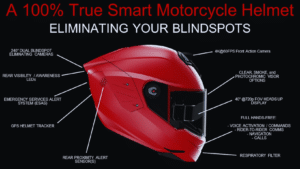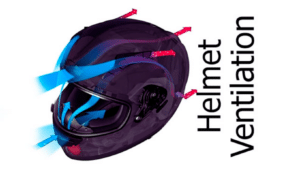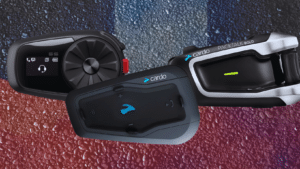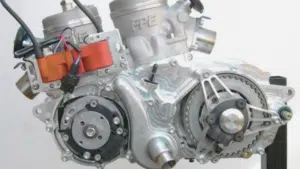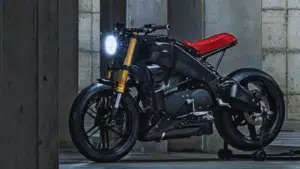Motorcycle racing helmets are some of the most technologically advanced helmets available. They are designed to protect riders from the most extreme impacts, while also remaining comfortable and lightweight.
Helmet Safety Features
Motorcycle racing helmets are typically made from a lightweight and durable material such as carbon fiber or Kevlar. The helmet shell is designed to absorb and distribute impact energy, while the inner liner is designed to cushion the rider’s head and neck.
Some of the most common safety features found in motorcycle racing helmets include:
- MIPS (Multi-Directional Impact Protection System): MIPS is a system that is designed to reduce rotational forces on the brain in the event of an impact.
- ECE 22.05 certification: ECE 22.05 is a European safety standard for motorcycle helmets. It is one of the most rigorous safety standards in the world.
- Snell M2020 certification: Snell M2020 is a Snell Memorial Foundation safety standard for motorcycle helmets. It is another rigorous safety standard that is used by many motorcycle racing organizations.
Helmet Ventilation Systems
Motorcycle racing helmets also have advanced ventilation systems to keep riders cool and comfortable. These ventilation systems typically consist of a series of vents that allow air to flow through the helmet and carry away heat and moisture.
Some of the most common ventilation systems found in motorcycle racing helmets include:
- Top vents: Top vents allow air to enter the helmet at the top and flow over the rider’s head.
- Side vents: Side vents allow air to enter the helmet at the sides and flow over the rider’s face.
- Chin vents: Chin vents allow air to enter the helmet at the chin and flow over the rider’s neck.
Helmet Communication Devices
Many motorcycle racing helmets also come equipped with communication devices that allow riders to communicate with each other and with their team members. These communication devices typically consist of a microphone and speaker that are built into the helmet.
Some of the most common helmet communication devices include:
- Bluetooth headsets: Bluetooth headsets allow riders to communicate with each other and with their smartphones.
- Radio headsets: Radio headsets allow riders to communicate with their team members and with other riders in the race.
Conclusion
Motorcycle racing helmet technology has come a long way in recent years. Helmets are now lighter, more durable, and more comfortable than ever before. They are also equipped with advanced safety features and communication devices.
If you are a motorcycle racer, it is important to invest in a high-quality helmet that is certified by a reputable safety organization. You should also make sure that the helmet fits you well and that it is comfortable to wear.

